
Ingredient
Brittle mass
"Crunchy Delight: Exploring the World of Brittle Mass"
Brittle mass is a confectionery delight that is characterized by its hard, brittle texture and rich, caramelized flavor. It is typically made by cooking sugar and sometimes adding nuts or seeds until it reaches a high temperature, resulting in a hard, glass-like consistency. The color of brittle mass can range from golden brown to amber, depending on the cooking time. Its appearance is often irregular, with jagged edges and a glossy surface. When broken, it produces a satisfying snap and crumbles into small, bite-sized pieces. The taste of brittle mass is a delightful combination of sweetness and nuttiness, with a hint of toasty caramel flavor. Its texture is crunchy and can vary depending on the ingredients used, ranging from a more delicate, melt-in-your-mouth texture to a harder, toothsome bite.
Origins and history
The origins of brittle mass can be traced back to ancient Persia, where a similar confection called "sohan" was enjoyed. Over time, the recipe for brittle mass spread to different parts of the world, with variations emerging in different cultures. In the United States, peanut brittle became popular in the late 19th century, and it remains a beloved treat to this day. Brittle mass has become a staple in many cuisines and is often associated with holiday celebrations and special occasions.
Nutritional information
Brittle mass is a calorie-dense treat, with approximately 150-200 calories per ounce. It is also a good source of carbohydrates and provides a small amount of protein. However, it is important to note that brittle mass is high in sugar and fat, so it should be enjoyed in moderation as part of a balanced diet.
Allergens
Brittle mass may contain allergens such as nuts or seeds, depending on the recipe. It is important to check the ingredient list or inquire about potential allergens before consuming.
How to select
When selecting brittle mass, look for pieces that are evenly cooked and have a glossy appearance. Avoid brittle mass that appears overly dark or has a burnt smell, as it may indicate overcooking. Additionally, choose brittle mass that is free from any signs of moisture or stickiness, as this can indicate improper storage or freshness.
Storage recommendations
To maintain the freshness and quality of brittle mass, store it in an airtight container at room temperature. Keep it away from moisture and direct sunlight, as these can cause the brittle mass to become sticky or lose its crunchiness.
How to produce
Brittle mass can be produced at home by combining sugar, corn syrup, and water in a saucepan and heating it until it reaches the hard crack stage on a candy thermometer. Nuts or seeds can be added to the mixture before pouring it onto a greased baking sheet to cool and harden.
Preparation tips
When working with brittle mass, it is important to exercise caution as the hot sugar mixture can cause severe burns. Use a candy thermometer to ensure the mixture reaches the desired temperature and be careful when pouring it onto the baking sheet to avoid splatters. To incorporate brittle mass into desserts, it can be crushed and used as a topping for ice cream, incorporated into cookies or brownies, or even used as a filling for chocolates.
Culinary uses
Brittle mass is commonly used as a standalone treat, enjoyed on its own as a snack or dessert. It can also be used as a topping for ice cream, yogurt, or cakes, adding a delightful crunch and sweetness. Additionally, brittle mass can be crushed and incorporated into various baked goods such as cookies, brownies, or even used as a filling for chocolates.
Availability
Brittle mass is commonly available in confectionery shops, specialty food stores, and online retailers. It can be found in various forms, including peanut brittle, almond brittle, or mixed nut brittle.
More ingredients from this category » Browse all
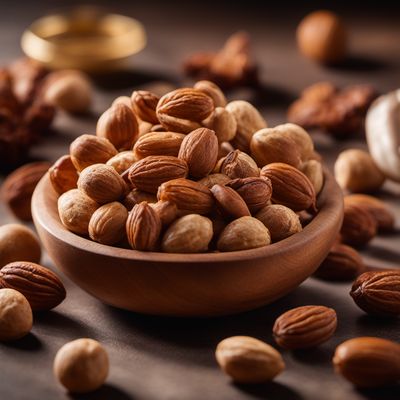
Nut mass
The Power of Nut Mass
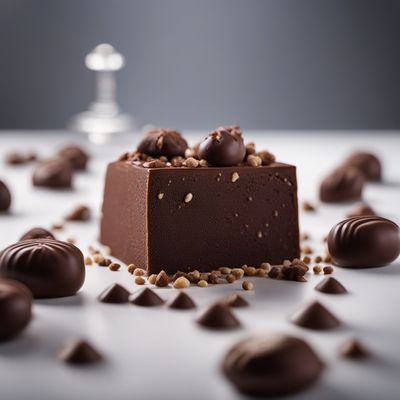
Chocolate mass
Decadent Delight: Exploring the World of Chocolate Mass

Macaroon mass
Decadent Delights: Exploring the World of Macaroon Mass
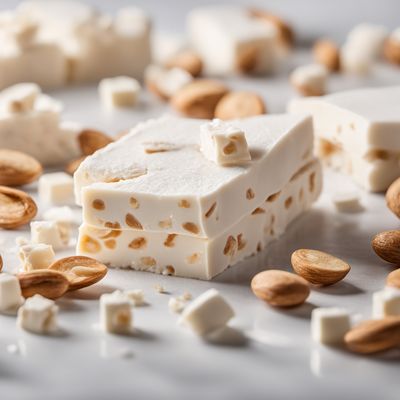
White nougat mass
The Sweet Delight: White Nougat Mass

Oil seed mass
Golden Elixir
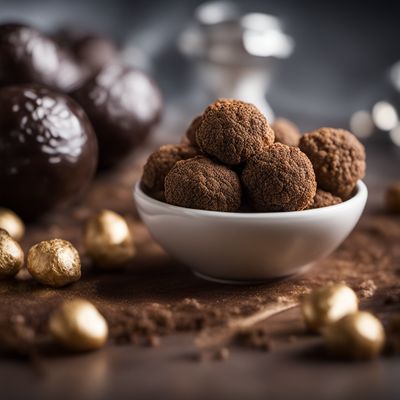
Truffle mass
Decadence in a Jar
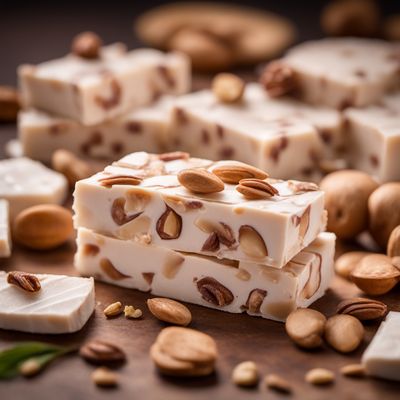
Nougat raw mass
"The Sweet Delight: Unveiling the Secrets of Nougat Raw Mass"
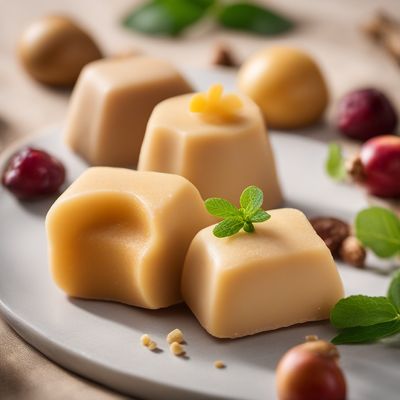
Marzipan raw mass
The Sweet Almond Delight: Unveiling the Magic of Marzipan

Liquorice mass
The Bold and Bittersweet Delight

Caramel, soft
Silky Sweetness in Every Bite

Florentine biscuit mass
The Delicate Dough

Fondant mass
The Artistic Confection